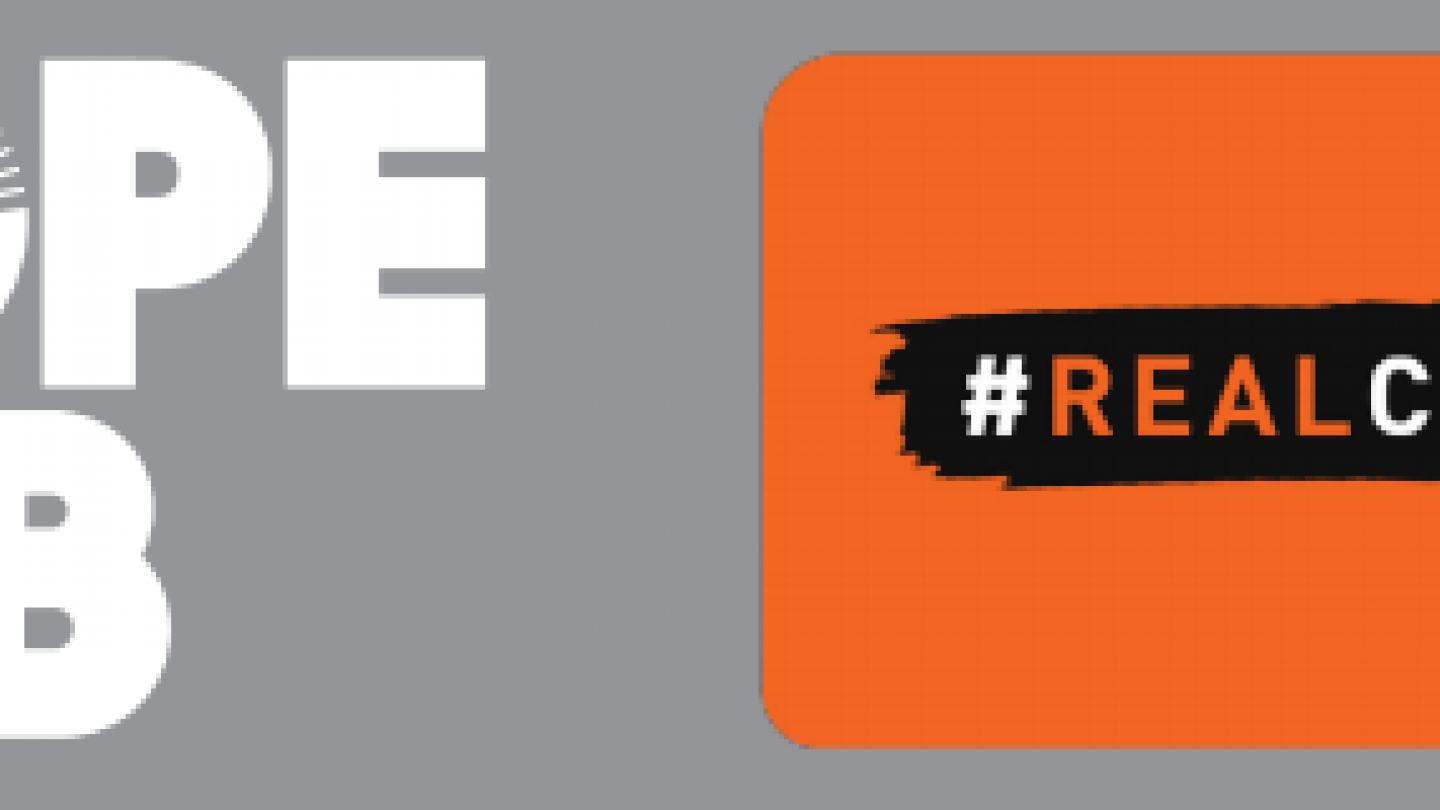
In an effort to continue advocating for students in higher education who are facing food and housing insecurity, researchers opened the "largest national assessment of basic needs security among 4-year students." Sara Goldrick-Rab, Joel Schneider, and Clare Cady collaborated with Jed Richardson and Anthony Hernandez of the Wisconsin HOPE lab to make this large-scale survey possible. In this survey, they examined issues pertaining to food insecurity through questions about how often in the past 30 days students did not have enough to eat, worried that they would not have enough food before they were paid next, and how often they had to essentially ration their food to make it last longer until they were paid next. In regards to housing insecurity, researchers asked questions regarding how often in the past month and past year students had to move, were unsure of where they would sleep for at least one night, and how often students stayed in a place "not meant for housing" (such as an abandoned building or in a car). Their findings indicate a need for institutions of higher education to recognize and address these needs as they pertain to academic performance, retention, and credit/degree completion.
Just in regards to food insecurity, up to 36% of students at 4-year institutions reported being insecure. At 2-year institutions, 42% reported being food insecure in the 30 days before taking the survey. Rates of housing insecurity were similar with 36% of university students and 46% of community college students reporting issues regarding housing. In the past year, 9% of university students reported being homeless. The results were larger for community college students in the past year with 12% reporting being homeless. Perhaps the most telling results the researchers found regarded those who reported being "completely secure." This means that a student did not report experiencing any food or housing insecurity (including homelessness) in the past year. Less than half of students who responded to the survey indicated that they were completely secure regarding food and housing.
As expected, not all students experienced rates of food and housing insecurity at the same levels. Specifically, former foster youth, non-binary, homosexual, and bisexual students experienced higher rates of food and housing insecurity. Further, African-American and Native American students were more likely than non-Hispanic white or Asian students to endure these challenges. Further, their results indicated that current initiatives (such as Pell Grants) are not fully addressing the issues. Recipients of the Pell Grant were between 14 and 20% more likely to face food and housing insecurity than those who were not Pell recipients. Additionally, Pell recipients were 4-6% more likely to report experiencing homelessness in the past year.
While food and housing insecurity affects different groups at different rates, researchers found no difference in the amount of time committed to college (measured in time spent in class as well as time spent studying) for those experiencing housing and food insecurity compared to those who do not face these challenges. However, they did see differences in academic performance for those who experienced food and housing insecurity, suggesting that despite similar efforts, those experiencing housing and food insecurity are at an academic disadvantage compared to their peers not facing the same challenges. Researchers also found that those students working longer hours (40 or more hours per week) were more likely to face challenges related to food and housing than their peers working 6-20 hours per week. Despite these challenges, students eligible for food and housing assistance were not likely to ask for help, often due to social stigmas associated with these issues.
While the researchers indicate that the results may not be nationally representative due to low response rates and a concentration of colleges in the Northeast and the South, they emphasize that these numbers are likely conservative due to those very reasons. Further, as one of the largest national surveys of its kind, this information provides a telling and important story regarding the needs for institutions to not only explore these issues, but to consider potential steps to take to address the growing challenges of students balancing both the demands of higher education and their basic needs.
For more information, read the full report.
Visit the following website for the companion FAQ.
Press coverage of the report:
